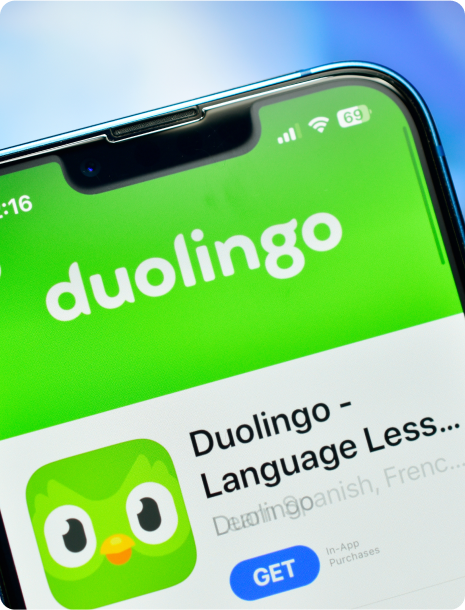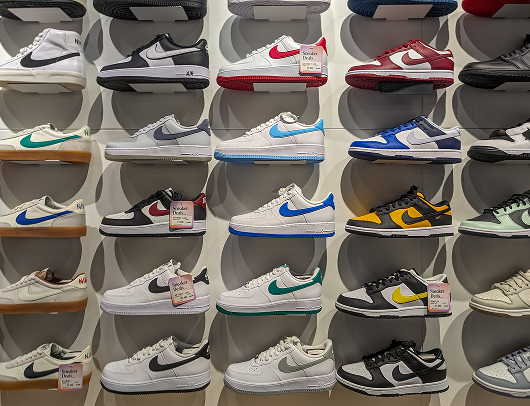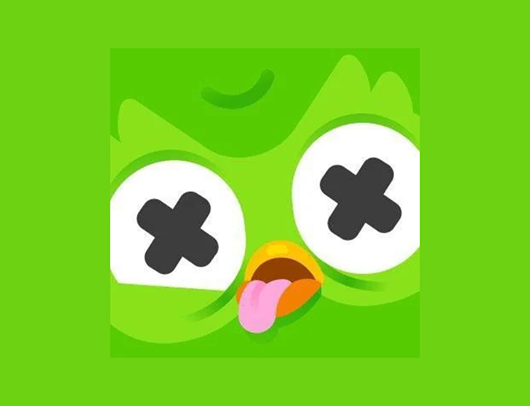Brands that use game mechanics and gamification tactics saw their engagement rise by up to 47%.
Player Gene
The Player gene:why we're wiredto play. Part 1.
Play: the great human connector X Play: the great human connector X Play: the great human connector X Play: the great human connector X Play: the great human connector X Play: the great human connector X Play: the great human connector X Play: the great human connector X Play: the great human connector X Play: the great human connector X Play: the great human connector X Play: the great human connector X Play: the great human connector X Play: the great human connector X Play: the great human connector X Play: the great human connector X Play: the great human connector X Play: the great human connector X Play: the great human connector X Play: the great human connector X
Why play matters:the great human connector.
Let’s start with a story you won’t find in marketing textbooks:
More than 5,000 years ago, someone in the modern-day Middle East carved the first known board game into a slab of stone.
Fast-forward to today, and 3.32 billion people—41% of humanity—are gamers. The tools have changed, but the instinct hasn’t: play isn’t just what we do—it’s who we are.






Introducing:the player gene.
At HAUS OF PARK, we’ve built our entire philosophy around this idea. Not because play is “fun” (though it is), but because science proves it’s coded into our DNA.
We call this the player gene—the evolutionary wiring that turned early humans from lone survivors into collaborators, storytellers, and innovators. And here’s the kicker: your audience’s brains still run on this ancient software.


Humanity’s original social network.


Play is humanity’s original social network. Long before TikTok dances or Twitch streams, we gathered around fires to trade stories, carved dice from animal bones, and turned hunting drills into games. Today? That same instinct lives in escape rooms that sell out faster than Beyoncé tickets, D&D groups that meet in Discord servers, and Slack channels where coworkers battle in meme wars.
But here’s what most brands miss: play isn’t about screens vs. soccer fields. It’s about the invisible thread connecting ancient dice games to a teenager grinding for Fortnite XP.
When Nike lets fans design virtual sneakers in Roblox or Duolingo turns Spanish lessons into a dopamine slot machine, they’re not chasing trends—they’re tapping into something timeless.
The gaming revolution X The gaming revolution X The gaming revolution X The gaming revolution X The gaming revolution X The gaming revolution X The gaming revolution X The gaming revolution X The gaming revolution X The gaming revolution X The gaming revolution X The gaming revolution X The gaming revolution X The gaming revolution X The gaming revolution X The gaming revolution X The gaming revolution X The gaming revolution X The gaming revolution X The gaming revolution X
Gaming’s quiet revolution.


Let’s talk numbers. By 2025, the gaming population will hit 3.32 billion—more than use Instagram and TikTok combined. But this isn’t about replacing “traditional” play. It’s about evolution: grandmas stream mahjong tournaments on Twitch, apps transform grocery runs into Pokémon Go-style scavenger hunts, companies use Minecraft to co-design office spaces with employees.
The lesson? Your audience isn’t divided into “gamers” and “non-gamers.” They’re players—people biologically wired to seek rewards, conquer challenges, and connect through play.
How play turns“meh” into magic (and otherreal-life fairy tales).
Take Nike’s Run Club app. They didn’t just build a fitness tracker—they created a global playground where joggers compete for leaderboard glory and digital trophies.
The result? A cult of Achievers who’d rather skip sleep than lose their “Top 10%” status.
Or Duolingo, the language app that turned learning Spanish into a game of addictive streaks and XP points. Their secret weapon? A passive-aggressive owl mascot that’s become a meme legend (RIP, Duolingo owl).
With 113 million monthly users, they’ve proven that even grammar nerds crave play.
How we've done it X How we've done it X How we've done it X How we've done it X How we've done it X How we've done it X How we've done it X How we've done it X How we've done it X How we've done it X How we've done it X How we've done it X How we've done it X How we've done it X How we've done it X How we've done it X How we've done it X How we've done it X How we've done it X How we've done it X
But our favorite stories are the ones we’ve lived. Like when Red Bull asked us to amplify their esports cred. Instead of slapping logos on streams, we built Settle the Score—a Twitch extension that turned viewers into co-conspirators.
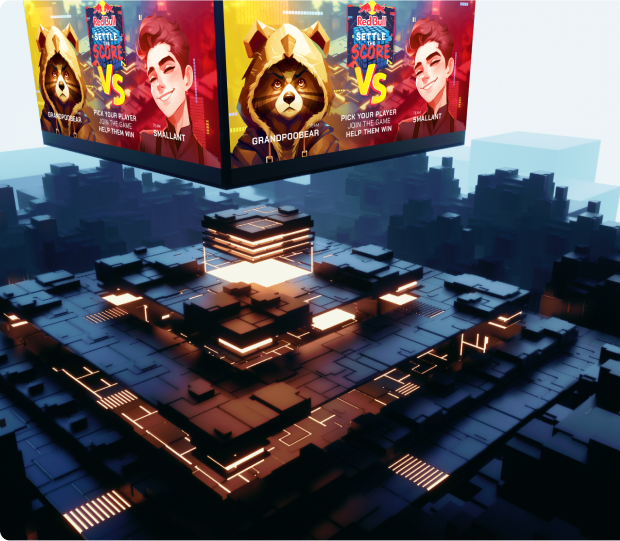
Fans battled in real-time polls, uncovered ARG-style mysteries, and fueled a leaderboard that updated 24/7.
The result? 3.7 million interactions and 32 years’ worth of watch time.
Then there’s Tender, the dating app we created for Paradox Interactive.
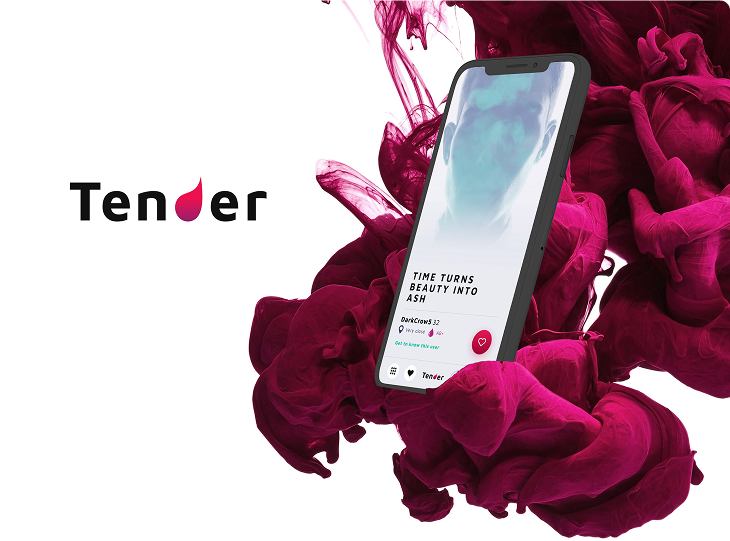
On the surface, it matched hopeful singles using their blood type. But hidden beneath? A vampire hunting ground game promoting Vampire: The Masquerade—Bloodlines. Players flirted by day and stalked supernatural prey by night. The campaign sank its teeth into 142 million people, proving that play doesn’t just engage—it transforms.
The numbers don't lie X The numbers don't lie X The numbers don't lie X The numbers don't lie X The numbers don't lie X The numbers don't lie X The numbers don't lie X The numbers don't lie X The numbers don't lie X The numbers don't lie X The numbers don't lie X The numbers don't lie X The numbers don't lie X The numbers don't lie X The numbers don't lie X The numbers don't lie X The numbers don't lie X The numbers don't lie X The numbers don't lie X The numbers don't lie X

The power of play.
The data backs the drama. According to research by Snipp, brands using play mechanics see:
47%
22%
Consumers tended to also be 22% more loyal to brands that used these mechanics to capture their attention and engage with them.
15%
A non-negligible number in a saturated market where it’s increasingly harder to gain traction and stand out from the flow of messaging consumers are bombarded with every day.
But here’s the truth: those numbers aren’t just about “gamification.” They’re proof that play taps into something deeper—the evolutionary wiring that’s kept humans curious, cooperative, and alive for millennia.
What's next? X What's next? X What's next? X What's next? X What's next? X What's next? X What's next? X What's next? X What's next? X What's next? X What's next? X What's next? X What's next? X What's next? X What's next? X What's next? X What's next? X What's next? X What's next? X What's next? X
What’s next?The science behind play.


In Part 2, we’ll crack open the skull (metaphorically, promise) to explore why play isn’t just fun—it’s survival. How dopamine turns mundane tasks into cravings. Why your brain releases chemicals before you even win.
Spoiler: Evolution wired us to crave dopamine. And your brand can be the spark that keeps them coming back.


